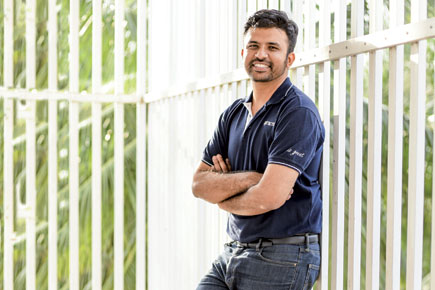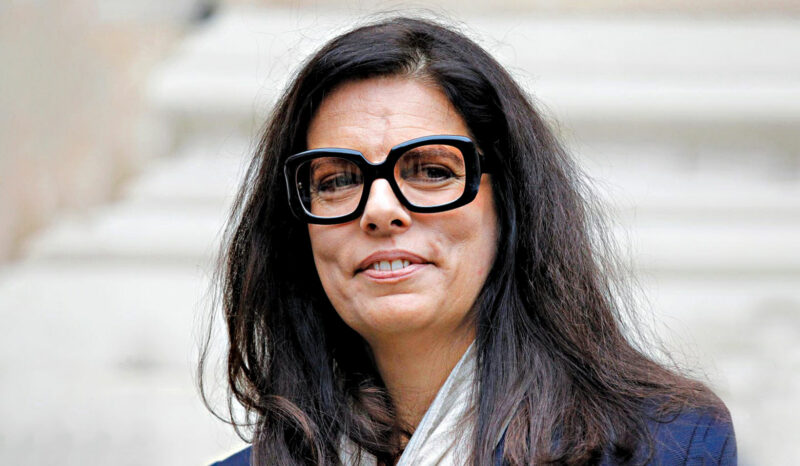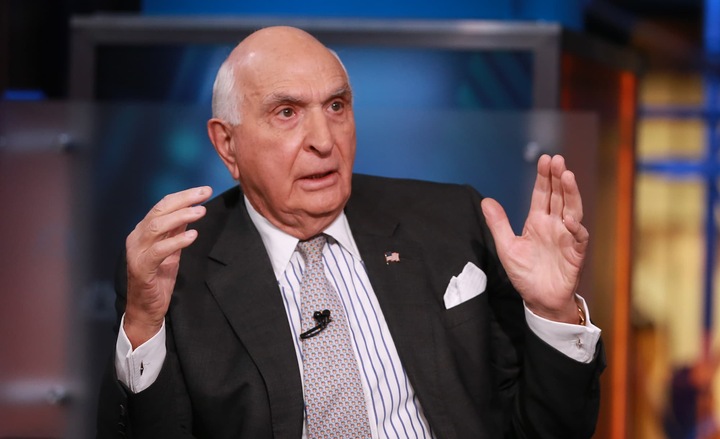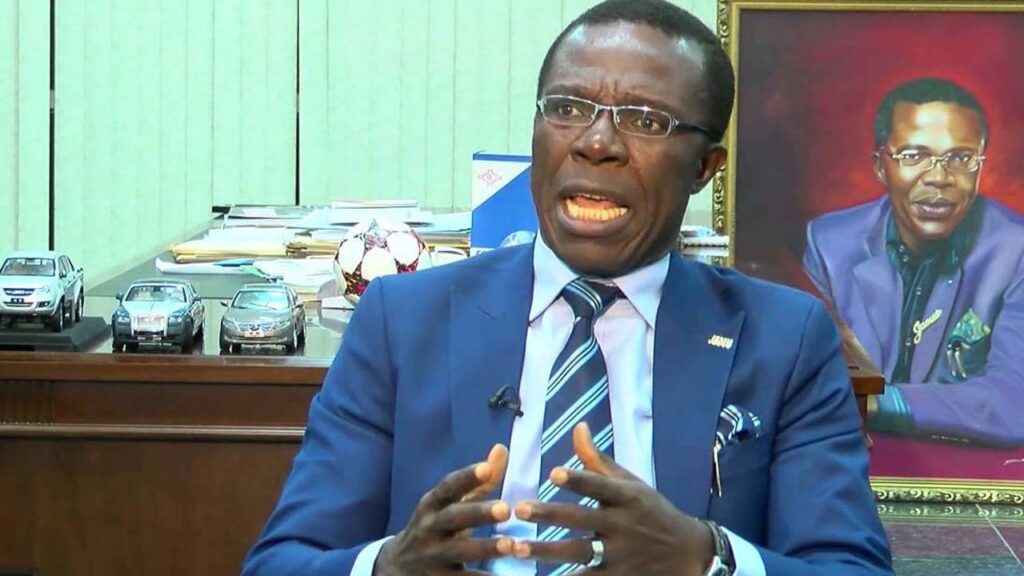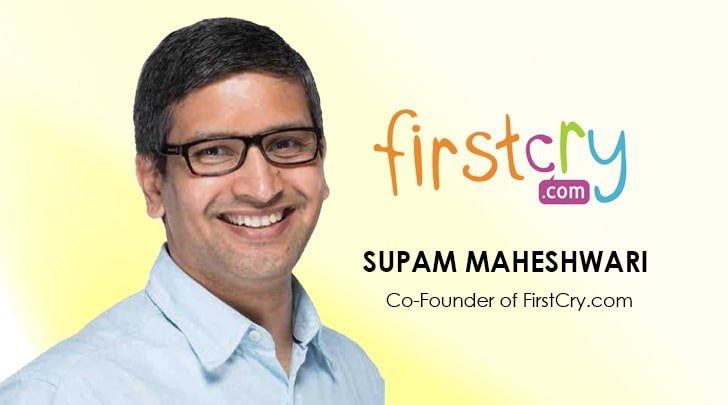Success Story of Mark Cuban: From Paper Boy to Billionaire Shark
Mark Cuban Is an American media mogul, television personality, and billionaire entrepreneur whose net worth is estimated to be $4.8 billion. He is the co-owner of 2929 Entertainment and the owner of the Dallas Mavericks, a professional basketball franchise in the NBA. Additionally, he is a significant “shark” investor on the reality program Shark Tank in the USA.
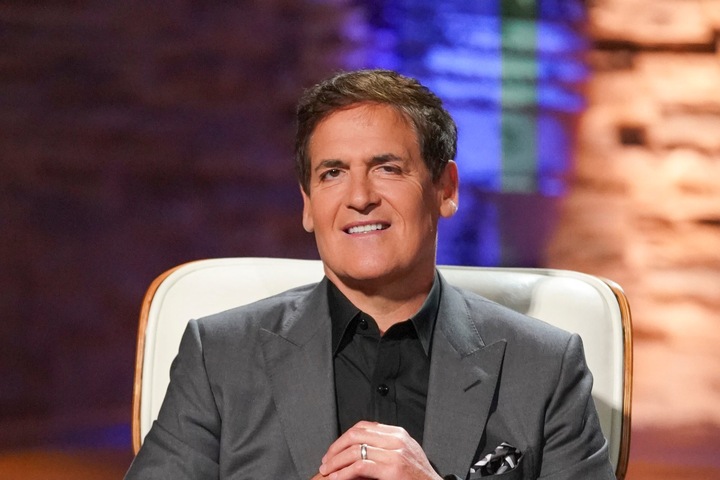
Early Life
When one comes across the name Mark Cuban, one immediately envisions success and large sums of money. But the Dallas Mavericks owner’s life wasn’t always simple. Mark was brought up in Pittsburgh, Pennsylvania, and hails from a working family that wasn’t always optimistic about this budding businessman.
His mother, worried about his future even at an early age, suggested he should learn to install carpets. Cuban has long since proven his mother incorrect. However, his hustler mentality has remained constant over the years.
Failure and Success
Each of Mark Cuban’s failures taught him several valuable lessons. Cuban got the chance to make an investment in Uber in its early stages. However, he failed as a result of his investment in Red Swoosh, an earlier venture by Uber founder Travis Kalanick. When he was 22, Cuban returned to his home city and accepted a position at Mellon Bank.
But he left even this, he said in a column for Forbes in 2013, since he didn’t like the CEO. Then Cuban relocated to Texas and made an unsuccessful attempt to launch a company selling powdered milk. After that, Cuban was hired as a salesperson by the tech firm Your Business Software, however, he was fired for concluding a contract without the CEO’s consent.
Nevertheless, losing his job inspired him to found MicroSolutions, a company that sells computer systems. He had numerous challenges and setbacks. He shared a three-bedroom apartment with six other men, all of whom slept on the floor. But these difficulties simply made him more resilient and determined.
He was incredibly devoted and reliable. His tenacity helped him achieve great success. In 1995, the concept of streaming was still somewhat undeveloped, and many questioned its viability. Critics and critics claimed that it was unnecessary because television and radio were already available. But Cuban believed that eventually, streaming platforms would supplant traditional media outlets.
After the business expanded and was bought by Yahoo for over $5.7 billion in 1999, Cuban experienced his first significant business success. At the age of 41, Mark Cuban became a self-made billionaire, which was a turning point in his life. He became among the wealthiest persons in America as a result of it.
Cuban was able to begin investing in other companies and broaden his portfolio by using the leverage provided by the significant deal with Yahoo. He began acquiring businesses, including HDNet, the Landmark chain of movie theatres, and various online newspapers.
NBA Investment and Shark Tank Fame
The Dallas Mavericks, however, proved to be his most lucrative business venture to date. He paid $285 million for the franchise in 2000, just as it was about to declare bankruptcy.
This was the highest sum ever paid for a sports franchise considering it was a team with a dubious image. Cuban, though, was able to immediately change that. The squad hasn’t had a losing record since joining (until this season), and in 2011 they even won the NBA Championship.
Since then, he has changed the team’s fortunes and elevated it to NBA elite status. Mark Cuban’s net worth has increased as a result and is now thought to be $4.5 billion. Mark claims that he never considered the Mavericks to be an investment and that his financial success came as a natural result of pursuing his hobbies and ambitions.
In 2011, he then appeared on the TV program Shark Tank, which catapulted him to fame. He emerged as one of the most prosperous investors in the program and has used Shark Tank to fund more than 85 businesses. Additionally, he has consistently been a fan favorite and still appears on the series every season.

I am a law graduate from NLU Lucknow. I have a flair for creative writing and hence in my free time work as a freelance content writer.
